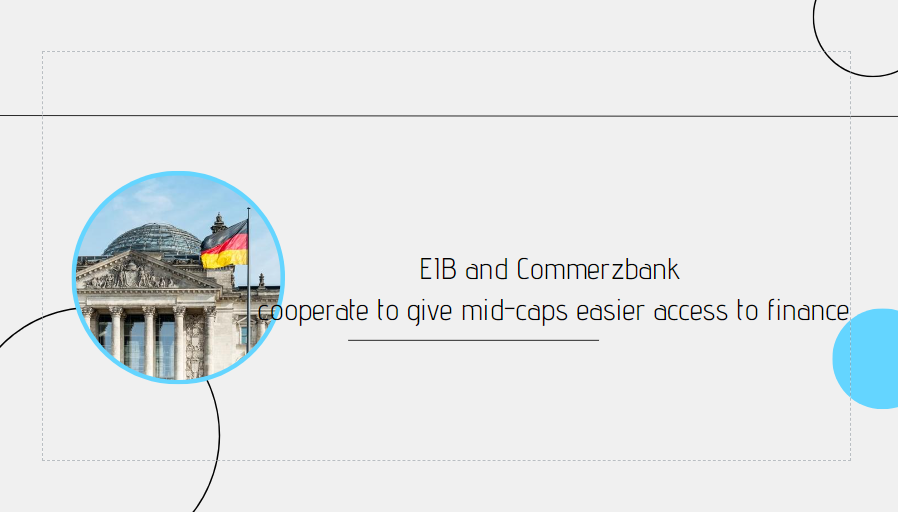Study on central banking history in Germany between 1924 and 1970 unveiled
The Deutsche Bundesbank has taken receipt of a comprehensive study on the history of central banking in Germany between the years 1924 and 1970. In 2017, the Bundesbank commissioned two renowned historians, Magnus Brechtken and Albrecht Ritschl, to examine the Reichsbank’s history as the central bank during the National Socialist era. The large-scale research project entitled “From the Reichsbank to the Bundesbank” saw a team of academics also investigate continuities in terms of personnel after the central banks Bank deutscher Länder and Deutsche Bundesbank were established after the war.
The Bundesbank itself has looked to reflect critically on the past, Bundesbank President Joachim Nagel said at the press conference in which the two history professors presented the research findings. What has been lacking so far, though, is a big picture of German central bank policy before, during and after World War II, Mr Nagel explained, adding, that’s a picture we now have.
The results presented show that the Reichsbank played a significant part in the functioning of the Nazi regime between 1933 and 1945. It aided in the financing of armament for war, the financial exploitation of the territories occupied by Germany and the recording and processing of seized assets. It was involved in the confiscation, expropriation and sale of Jewish assets. In addition, the Reichsbank handled gold and foreign currency taken from those murdered in the concentration and extermination camps. The Reichsbank acted as a willing stooge and receiver of stolen goods in the context of the financial holocaust, said Albrecht Ritschl, a professor of economic history at the London School of Economics.
In the post-war years, former employees of the Reichsbank who had undergone denazification were hired into positions first at the Bank deutscher Länder and then at the Bundesbank. The study’s findings reveal that it was above all middle managers who once more featured on the staff rosters. The degree of continuity in terms of what we might call the functional elite is thus on a par with that seen in ministries and other public institutions, stated Magnus Brechtken, Deputy Director of the Institute for Contemporary History in Munich.
There was no continuity where the institution itself was concerned, however: neither the Bank deutscher Länder, founded in 1948, nor the Bundesbank, established in 1957, are legal successors to the Reichsbank. All the Reichsbank’s gold was confiscated by the Allies. The Federal Republic of Germany possessed no gold reserves after World War II. Today’s gold holdings are the result of current account surpluses that Germany has recorded since the 1950s.
Bundesbank President Nagel stressed that the completion of the study brings to a close a project that is of particular concern to the Bundesbank’s Executive Board and to him personally. What the team led by Magnus Brechtken and Albrecht Ritschl are making available to the general public and the international research community is a treasure trove of insights and findings, Mr Nagel remarked. Their work traces how central bankers became willing accessories to a criminal regime. And it shows how susceptible they were to racism, antisemitism and anti-democratic thinking, Mr Nagel commented, adding that the study findings also serve as a warning: Never again should there be antisemitism in Germany. Never again should minorities be excluded and subjected to state tyranny. Never again should government bodies like the central bank be allowed to trample on democratic values.
The academic work is available to the general public in summary form as a booklet, published online and in print. The next step will be publication of the full academic volume and monographs on the eight sub-research projects that made up the project. Looking ahead, Mr Nagel announced that the Bundesbank will set up further projects to disseminate the study findings on the basis of those publications.























































First, please LoginComment After ~